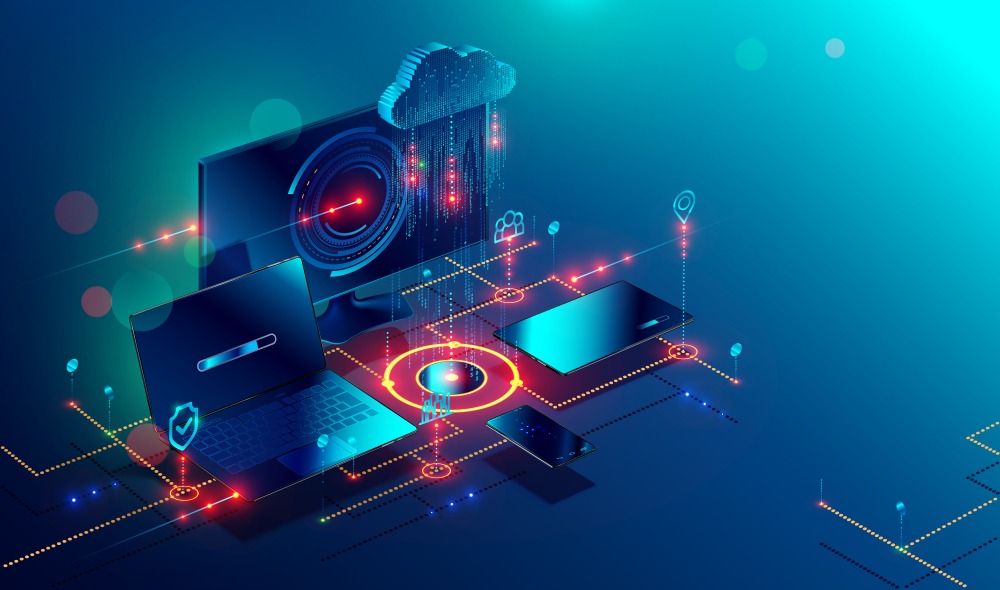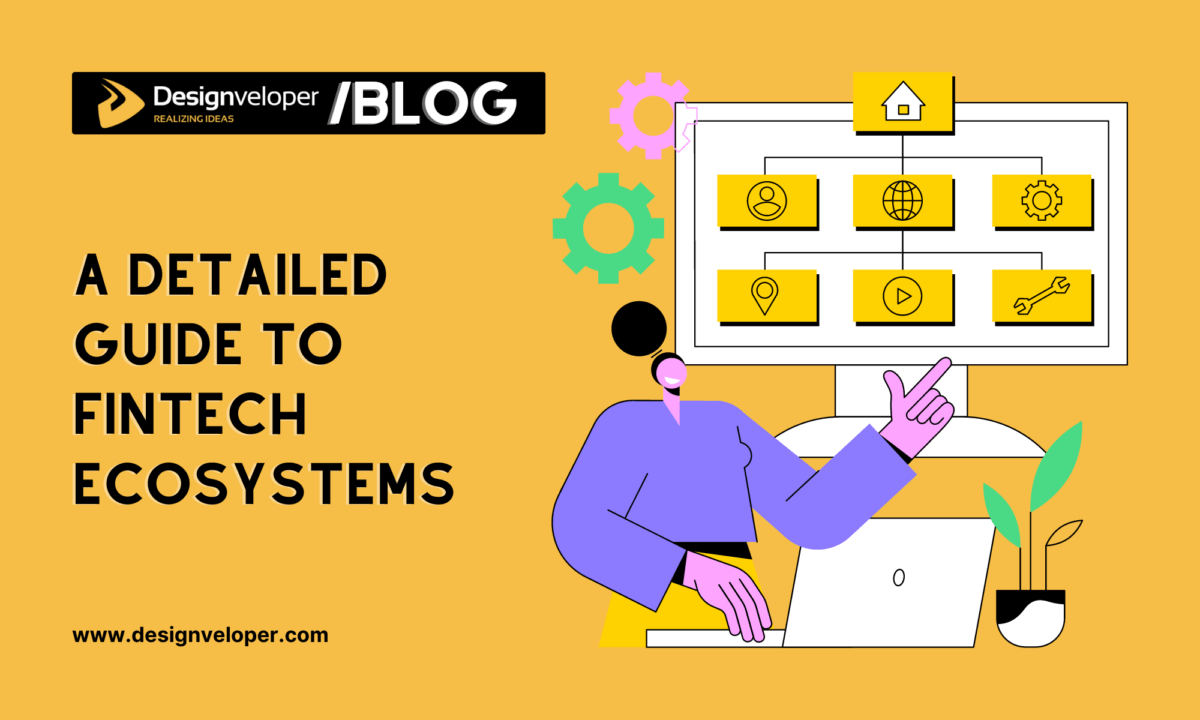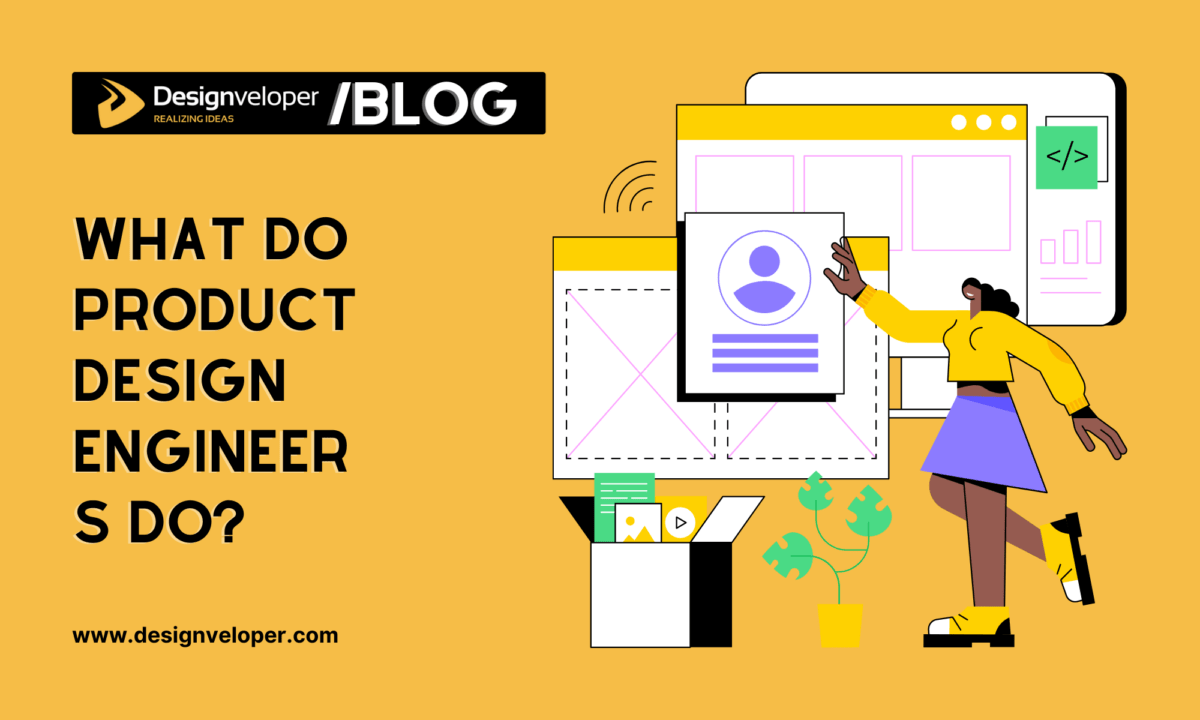Digitalization is changing our world by the second, especially in the way we work and interact with each other. It also in turn reshapes and remolds our behaviors. As organizations and people constantly interrelate, we must unceasingly evaluate ourselves and the technology we use in order to promote better operations and conduct more effective business. But any conversation about technology would be lacking if we forget to mention the importance of the Internet. And one of the recent FAQs is: what is the Internet of Things?
According to TDengine, there’s no denying that the Internet is one of if not the single most influential factors in our times. As it evolves, so do its subjects. “Inventions” pop up daily, from new everyday accessories to fresh high-tech. All are built around or via employing the capabilities that the Internet has to offer us: functional, charged communications, as well as exhilaratingly refreshing ways to think about interactivity. One such invention is the Internet of Things (IoT).
What Is the Internet of Things?
Initially, the Internet of Things or IoT came from the needs of people longing to see how ergonomics is applicable in their daily lives. Developers recognized this demand and conceived a futuristic vision where they can put things into action without breaking a sweat. The growth of the Internet allowed us to realize this dream. But it was not until we carried the Internet in our pockets that the dream really started to take shape.

So, back to the question “what is the Internet of Things“, the early concept of IoT dates quite a way back in time. It was in 1926 when Nikola Tesla first mentioned wireless connection, describing it as converting the whole Earth into “a huge brain, which in fact it is, all things being particles of a real and rhythmic whole”. We’re not quite there yet, but the Internet of Things certainly has a vague resemblance to what the master inventor was talking about a century ago.

In simple terms, IoT refers to the environment where basically all objects that are connectable to the Internet reside in. These objects, or the “things” part, are steadily growing in number. They may include our vehicles, home appliances, household security gadgets, and plenty of other smart devices. These devices can send and receive data via the Internet, with unique identifiers provided so as to recognize themselves as well as other surrounding items.
We create these “things” in a way that makes them “intelligent” in and of themselves; meaning they are sensing and sensitive at all times. They communicate with each other via embedded, specialized electronics and sensors, which help conduct almost seamless interconnection. And this communication is where they stand apart, as they add tremendous ease and convenience to our lives. Let’s stop for a moment and think about the Internet of Things. Is the device you’re using to read this article interconnected?
Recommended reading: 15 Mobile App Development Trends That Lead the Software Industry
The Makeups of IoT
Now that you know what the Internet of Things is, let’s break down its basic components of it. IoT does not exist as a solitary conception but comprises various influential factors: data, connectivity, and adaptability.
1. Data
IoT, at its core, is born from sensors. If there are recognizable data nearby, they would prompt these sensors to do several things: collecting, storing, and transferring. How they work is not dissimilar to our brain in that they will be aware of stimulants and act on them accordingly, should there be a need to do so.
Some of these sensors come with specific operating systems such as Windows or Android. This allows them to finish their work in the most efficacious ways possible.
Recommended reading: What Is Big Data Analytics and How It Useful for Business?
2. Connectivity
The Internet of Things can’t and won’t exist without inherent connectivity, such as Bluetooth, Wi-Fi, cellular and more. This is akin to IoT’s platform itself.

3. Adaptability
As implied, technology spells seemingly limitless potential for innovations and changes. As the number of “things” in the “Internet of Things” grows, the times they are a-changin’, as well. How we interpret, manage, and act on these bulk collections of data requires evaluation at every point, before, during, and after technological applications.
IoT has led us to vital changes in the manner we do things, but whether it’s a positive or negative influence overall is up to us. We must take serious care of the way we handle it so that we can actually handle it and not let it consume us totally.
It might sound absurd to talk about abstraction with such severe descriptions, but there are good reasons for it. To see more specifically why this is so, let us move on to the next section.
The Internet of Things is Everywhere
IoT applications can be seen everywhere, in a wide variety of facets for a lot of industries. There’s consumer technology, which involves the main suspects like smartphones and tablets to wearables and other intelligent products. Smart grid technology is also being enabled gradually, which is designed to help with providing more efficient energy consumption.
Other fields including medical and automotive have also been enjoying the advancements that IoT has given them. These new Internet-related innovations deliver unseen levels of convenience in our daily lives. But it’s asked of us to expose ourselves to more security risks than ever before, as we are prompted to provide information in order to use the products. Everywhere we go, everything we do, we stumble upon these master information gatherers.

It is crucial for us as individuals to know what to do with the information in this new age. It might feel great to hear music blasting in every room of your house at the same time with just simple pushes of smart buttons, but with great benefits come great obligations. If we’re not careful about what we do with these devices, we lend ourselves to great risks, namely privacy and, or even further, a semi-authoritarian future where everything we do, even in the comfort of our own home, is monitored.
But businesses are facing entirely sets of different problems as well. As everything is connected, businesses are connected to hackers, too, who constantly seek creative ways to sneak into the system and sabotage the operations. If you intend to be successful as a business, how you deal with IoT-related threats to information security can be a deciding factor.
What is the Internet of Things related strategy to attain maximum security?
So as to avoid being complete naysayers, there are several good tips that you can choose to follow in order to appreciate IoT while not having to worry about sacrificing something else in return:
1. Strengthen your passwords
One of the first things you must do when getting a new device is to change its default passwords. Consider using a complicated password or passphrase, or you can generate a unique password using an additional password manager.
2. Secure your network
Install Internet security protocols on all your apps, including computers, smartphones, and tablets. Don’t hesitate to spend more on a reputable brand’s software.
Furthermore, as a business, you should make sure to properly secure the wireless network that you’re putting your devices on. Something that can be done is to place your devices on a dedicated network, which has much greater protection.
3. Pay attention to your apps
This is an underrated aspect when it comes to IoT risks. Researching before you buy anything is a good way to reduce security risks. As different products might do differently with their data, you might never know if your data is being used without your permission.

Many Internet-connected devices are supported by either an integrated or compatible mobile application, which can run in the background and abuse default permissions that you won’t realize until too late. Make sure to check on all your apps and assess how they interact with your information and data to prevent exploitation.
Recommended reading: Top 10 Healthcare Software Solutions That Work in the Future
Looking Forward
The future of now is IoT; in essence, it’s here to stay. It used to be a thing dreamed of, but it now presents everywhere we look. Consequently, new challenges and risks also arise along with these new levels of connectedness, and we must take heed to move forward in this new era with great consideration and care.
Constantly ask yourself how the devices are helping you, and how it is done, and you will be able to fully take advantage of the opportunities which dwell in the Internet of Things.























